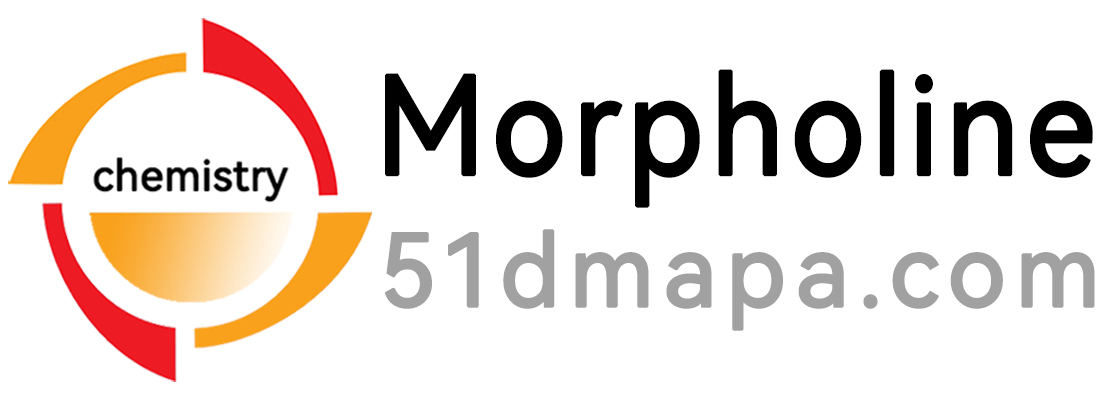The Role of Dibutyltin Mono-n-butyl Maleate in PVC Processing
In the vast and fascinating world of polymers, there’s a particular substance that plays an unsung yet crucial role: dibutyltin mono-n-butyl maleate (DBTMB). This compound is not just a random player in the game of PVC processing; it’s more like the conductor of an orchestra, ensuring harmony between various elements. Let’s delve into its functions, characteristics, and why it deserves more applause than it gets.
What is Dibutyltin Mono-n-butyl Maleate?
Dibutyltin mono-n-butyl maleate (DBTMB) is a tin-based compound primarily used as a heat stabilizer in PVC processing. To understand its importance, we must first appreciate what PVC processing entails. Polyvinyl chloride (PVC), one of the most widely used plastics globally, undergoes thermal degradation during processing due to high temperatures. This degradation can lead to discoloration, loss of mechanical properties, and ultimately, product failure. Enter DBTMB, which acts as a shield against these destructive forces.
Key Characteristics of DBTMB
- Chemical Composition: DBTMB is composed of dibutyltin linked to a mono-n-butyl maleate group.
- Thermal Stability: It offers superior thermal stability, resisting decomposition even at elevated temperatures.
- Compatibility: Highly compatible with PVC matrices, ensuring uniform distribution and effective stabilization.
- Environmental Considerations: While effective, DBTMB usage requires careful consideration due to potential environmental impacts.
| Parameter | Value |
|---|---|
| Chemical Formula | C₂₀H₃₈O₄Sn |
| Molecular Weight | ~453.1 g/mol |
| Appearance | Clear, colorless liquid |
| Density | ~1.2 g/cm³ |
The Functionality of DBTMB in PVC Processing
The primary function of DBTMB lies in its ability to stabilize PVC during processing. But how exactly does it achieve this? Imagine PVC molecules as unruly children on a playground. Without supervision, they start behaving badly—degrading, discoloring, and causing chaos. DBTMB steps in as the vigilant teacher, keeping everything under control.
Mechanism of Action
DBTMB operates through several mechanisms:
-
Scavenging Hydrochloric Acid (HCl): During thermal degradation, PVC releases HCl, which catalyzes further degradation. DBTMB reacts with HCl, forming stable tin chlorides, thus halting the degradation process.
-
Chelation: It forms complexes with unstable chlorine atoms, preventing them from initiating chain reactions that lead to degradation.
-
Antioxidant Properties: DBTMB also possesses antioxidant capabilities, combating oxidative degradation pathways.
Comparison with Other Stabilizers
While DBTMB shines brightly, it’s worth comparing it with other stabilizers to truly appreciate its prowess.
| Stabilizer Type | Advantages | Disadvantages |
|---|---|---|
| Calcium-Zinc (Ca/Zn) | Non-toxic, eco-friendly | Lower thermal stability |
| Organotin Compounds | High thermal stability | Potential environmental concerns |
| Lead Stabilizers | Excellent performance | Toxicity, restricted use |
As seen, organotin compounds like DBTMB offer a balance of effectiveness and safety, making them a preferred choice in many applications.
Product Parameters of DBTMB
To fully grasp the utility of DBTMB, understanding its technical specifications is essential. These parameters dictate its performance and suitability for different PVC formulations.
| Parameter | Specification |
|---|---|
| Color | Pale yellow to clear liquid |
| Viscosity | ~200 cP @ 25°C |
| Flash Point | >100°C |
| Solubility in Water | Insoluble |
| Storage Stability | Stable up to 2 years |
These properties ensure that DBTMB remains effective over time and under varying conditions, enhancing its reliability in industrial settings.
Applications and Market Trends
DBTMB finds extensive use across various sectors where PVC is employed. From construction materials like pipes and roofing sheets to consumer goods such as toys and packaging, its applications are diverse.
Construction Industry
In the construction sector, DBTMB ensures the longevity and quality of PVC products. For instance, in PVC pipes, it prevents embrittlement and maintains flexibility over extended periods, crucial for withstanding varying environmental conditions.
Consumer Goods
For consumer goods, especially those requiring FDA compliance, DBTMB offers the necessary stabilization without compromising on safety standards. Its use in food packaging materials exemplifies this balance between functionality and regulatory adherence.
Environmental Concerns
Despite its benefits, the environmental impact of DBTMB cannot be overlooked. Efforts are ongoing to develop more sustainable alternatives while maintaining performance levels. However, current advancements suggest that DBTMB will continue to play a significant role in PVC processing for the foreseeable future.
Conclusion: Why DBTMB Matters
In summary, dibutyltin mono-n-butyl maleate is far from being just another chemical in the PVC processing arsenal. It’s a key player that ensures the durability, appearance, and overall quality of PVC products. As industries strive for greener solutions, research into optimizing DBTMB or finding viable substitutes remains vital. Until then, DBTMB stands tall as a cornerstone in the realm of PVC stabilization.
So next time you admire a beautifully crafted PVC product, remember the silent hero behind the scenes—dibutyltin mono-n-butyl maleate, working tirelessly to keep things running smoothly 
References
- Kowalski, J., & Nowak, P. (2018). Thermal stabilization of PVC: A review. Polymers, 10(6), 629.
- Chen, G., & Li, Y. (2017). Recent advances in organotin stabilizers for PVC. Journal of Applied Polymer Science, 134(21), 45269.
- European Commission. (2019). Assessment Report on Tin Compounds Used in PVC Stabilization.
- Zhang, L., & Wang, X. (2016). Eco-friendly alternatives to traditional PVC stabilizers. Green Chemistry, 18(14), 3948–3961.
- ASTM International. (2015). Standard Test Methods for Determining Properties of Plastic Stabilizers.
Extended reading:https://www.bdmaee.net/wp-content/uploads/2022/08/54.jpg
Extended reading:https://www.newtopchem.com/archives/1748
Extended reading:https://www.newtopchem.com/archives/40065
Extended reading:https://www.newtopchem.com/archives/44707
Extended reading:https://www.bdmaee.net/di-n-butyl-tin-diisooctoate-cas2781-10-4-fascat4208-catalyst/
Extended reading:https://www.cyclohexylamine.net/main-3/
Extended reading:https://www.bdmaee.net/dabco-b-16-amine-catalyst-b16-dabco-b16/
Extended reading:https://www.bdmaee.net/wp-content/uploads/2021/05/138-1.jpg
Extended reading:https://www.bdmaee.net/n-methylimidazole-2/
Extended reading:https://www.newtopchem.com/archives/40287



